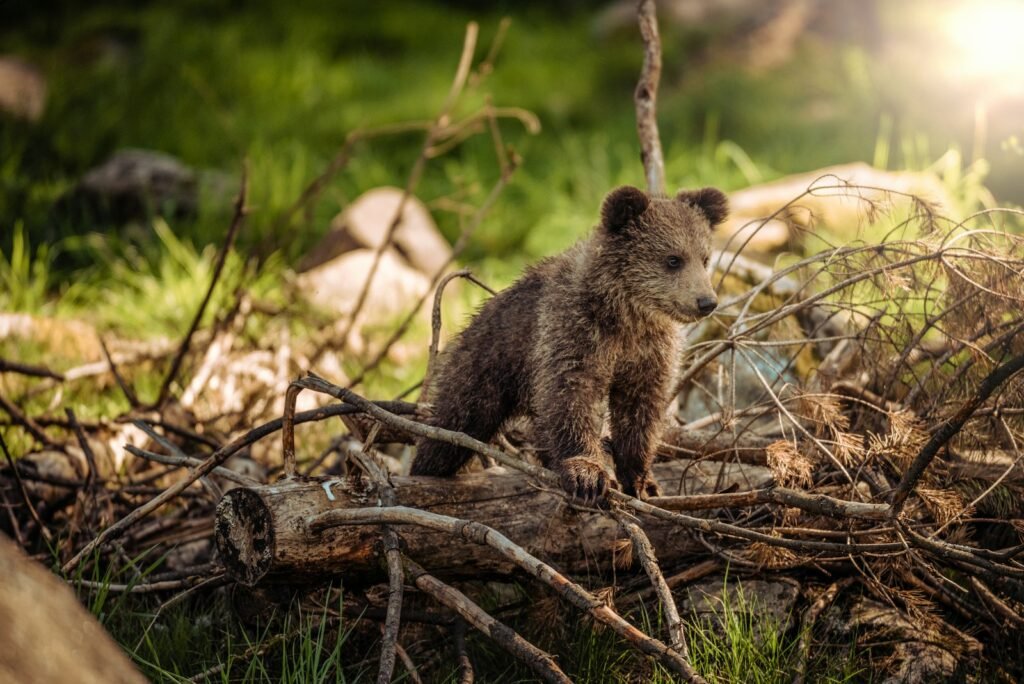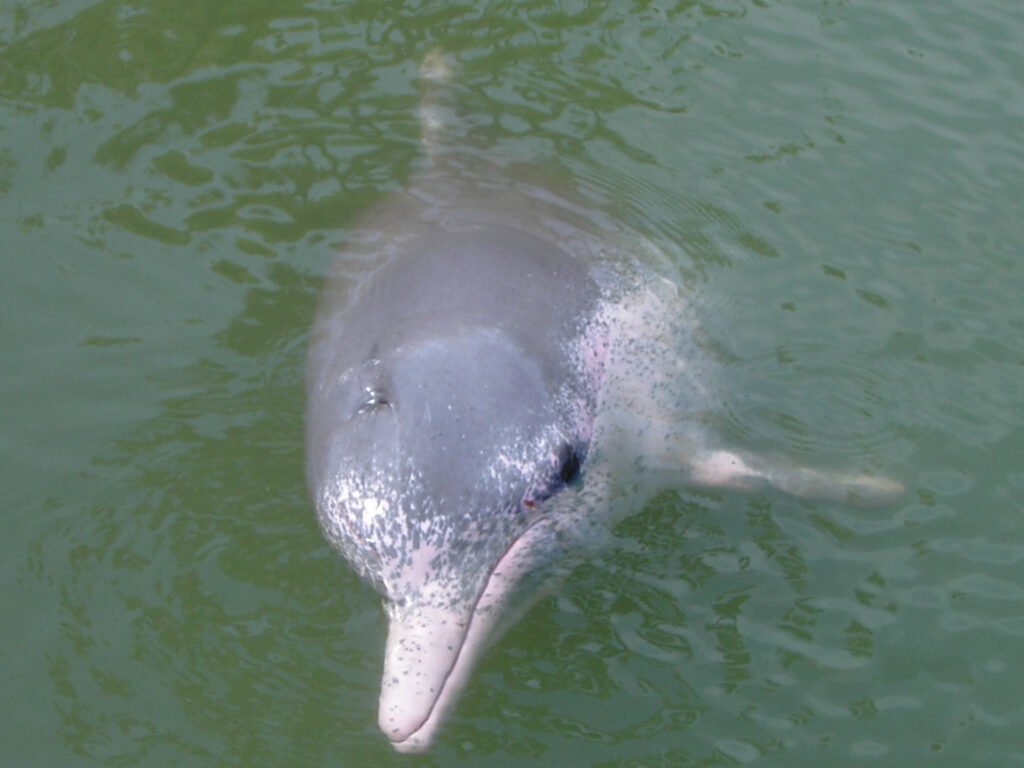Imagine standing on a rugged cliff, the wind whipping past as you gaze at ancient lava fields, fossilized dinosaur footprints underfoot, and the distant outline of a prehistoric cave where humans once painted their first dreams on stone. These breathtaking places are not just geologic wonders or relics of the past—they are living chapters in the grand story of Earth. On World Heritage Day, we celebrate sites where time itself seems to bend, allowing dinosaurs, humans, and volcanoes to share the same timeline. These landscapes are more than mere points on a map; they are the beating heart of our planet’s history, a testament to survival, transformation, and the awe-inspiring power of nature.
The Legacy of Dinosaurs Etched in Stone
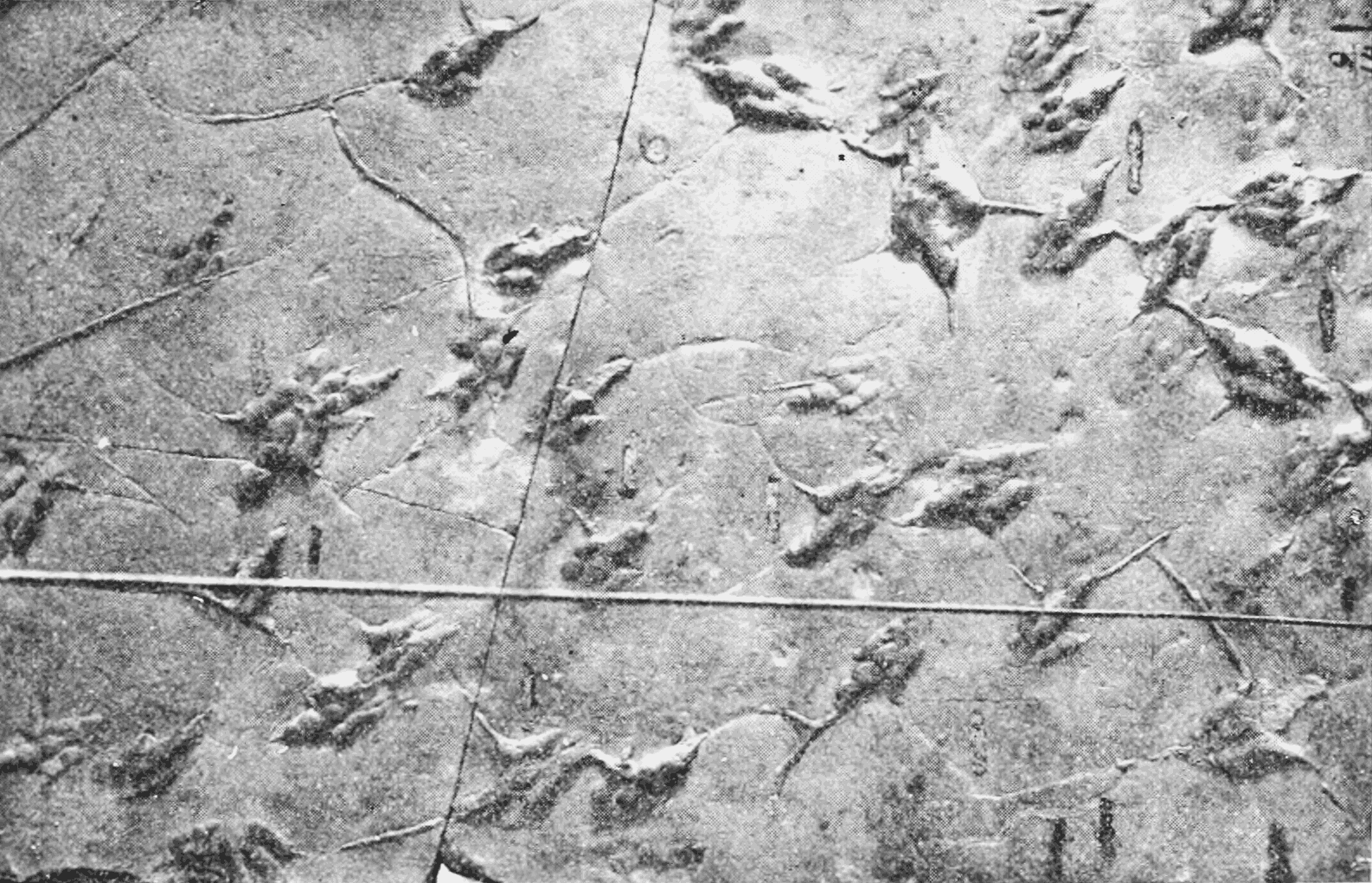
When we talk about dinosaurs, our minds often leap to images of towering skeletons in museum halls. But there are places on Earth where their presence is even more tangible. Fossil beds, like those in the Jurassic Coast of England or Dinosaur Provincial Park in Canada, reveal ancient creatures immortalized in stone. These relics tell us about a world that existed millions of years before humans. In some places, actual footprints remain, pressed into what was once soft mud, now petrified for eternity. These traces allow us to walk—literally—in the footsteps of giants. Every fossil is a message from the past, a whisper of life from eras so distant they almost defy imagination.
Volcanoes: Earth’s Fiery Architects
Volcanoes are both destroyers and creators. They have shaped continents, created fertile soils, and forged new land from fiery chaos. Sites like Mount Etna, Hawaii’s Kilauea, or Indonesia’s Krakatoa are more than just spectacular natural wonders—they are powerful reminders of our planet’s restless energy. Volcanic eruptions have changed the course of history, sometimes wiping out entire species, as with the dinosaurs, and at other times giving birth to new ecosystems. When you visit a World Heritage volcano, you can almost feel the pulse of the Earth beneath your feet, reminding you that our world is always in motion, always evolving.
Early Humans: Carving a Place in Time
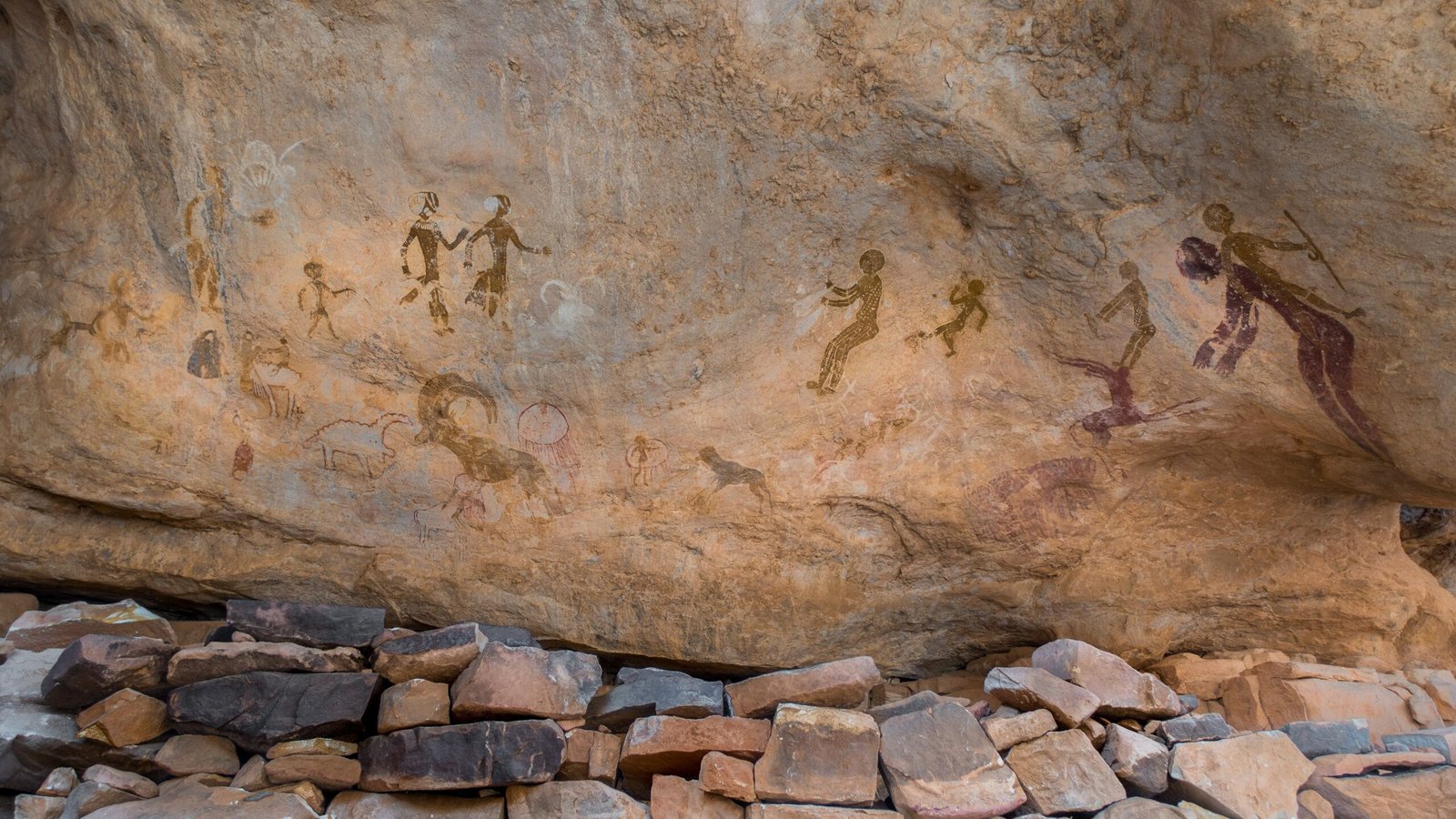
Long after the age of dinosaurs but still deep in prehistory, humans began to leave their own marks on the landscape. Places like the Lascaux Caves in France or the prehistoric site of Göbekli Tepe in Turkey are filled with echoes of our ancestors’ hopes, fears, and dreams. These sites are more than just archaeological treasures; they are windows into the souls of early people. The vivid cave paintings, mysterious stone circles, and ancient tools they left behind show us a world where survival depended on understanding nature—and on storytelling. Through these relics, we glimpse a humanity that is both distant and deeply familiar.
When Worlds Collide: Sites Where Timelines Intersect
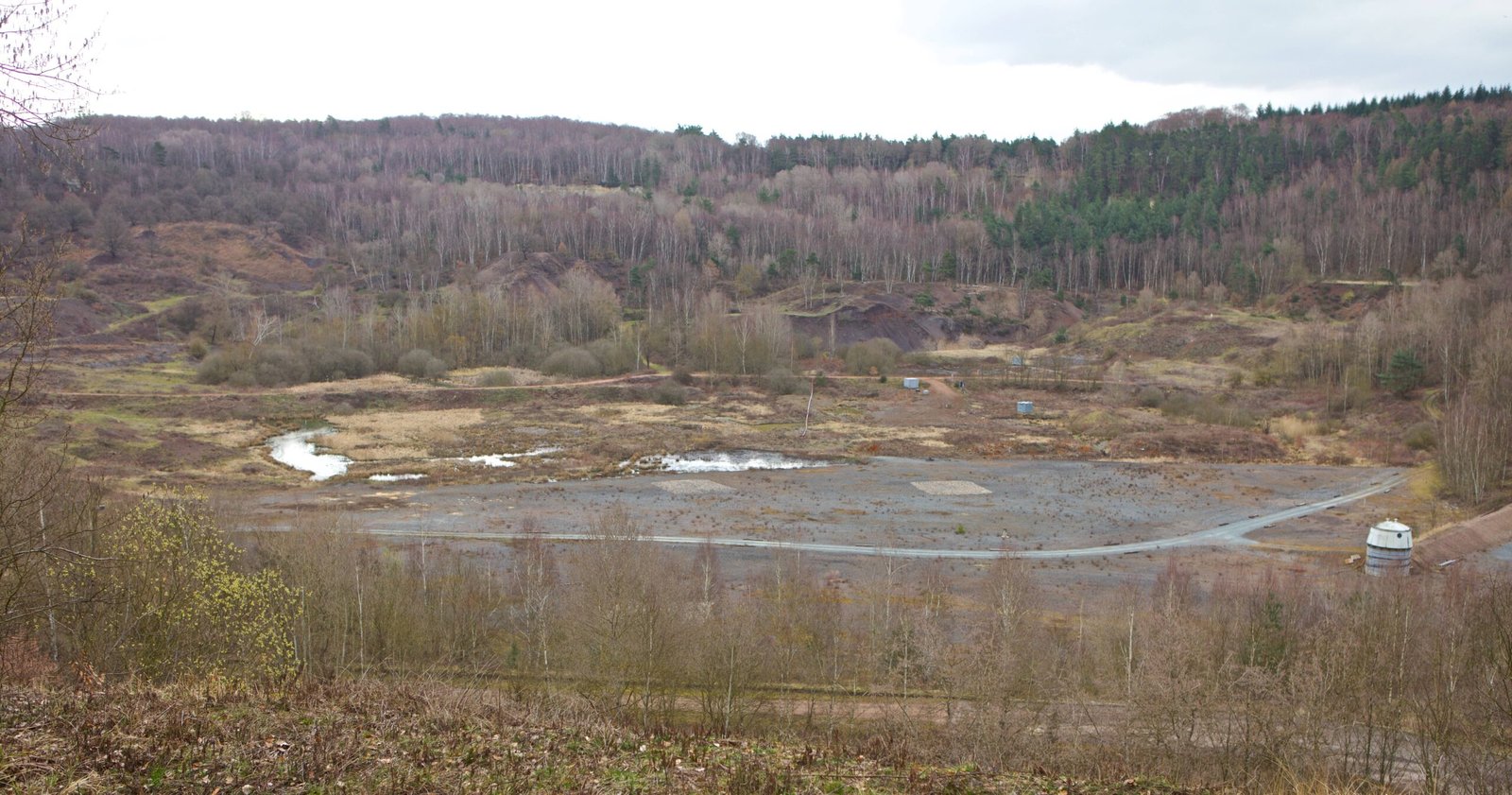
There are rare places on Earth where the stories of dinosaurs, humans, and volcanoes intersect in astonishing ways. The UNESCO World Heritage site of the Messel Pit in Germany, for example, has yielded fossils from a time when mammals began to thrive after the dinosaurs’ extinction. In places like the Petrified Forest National Park in the United States, ancient volcanic ash preserved entire forests, later to be discovered by indigenous peoples thousands of years later. These sites offer a surreal sense of continuity, a reminder that the past is never truly gone—it lives on in the rocks, the fossils, and the land itself.
The Power of Preservation: Why World Heritage Matters
World Heritage sites are more than tourist destinations; they are sanctuaries for memory, knowledge, and wonder. Preserving these places ensures that future generations can stand where dinosaurs once roamed, touch stones carved by ancient hands, and witness the grandeur of volcanic landscapes. Protecting them is an act of faith in the future—a promise that we will not allow these priceless chapters of Earth’s story to be lost. The task is not easy. Climate change, urbanization, and neglect threaten many of these sites, but their survival is crucial for understanding ourselves and our planet.
Fossils: Nature’s Time Capsules
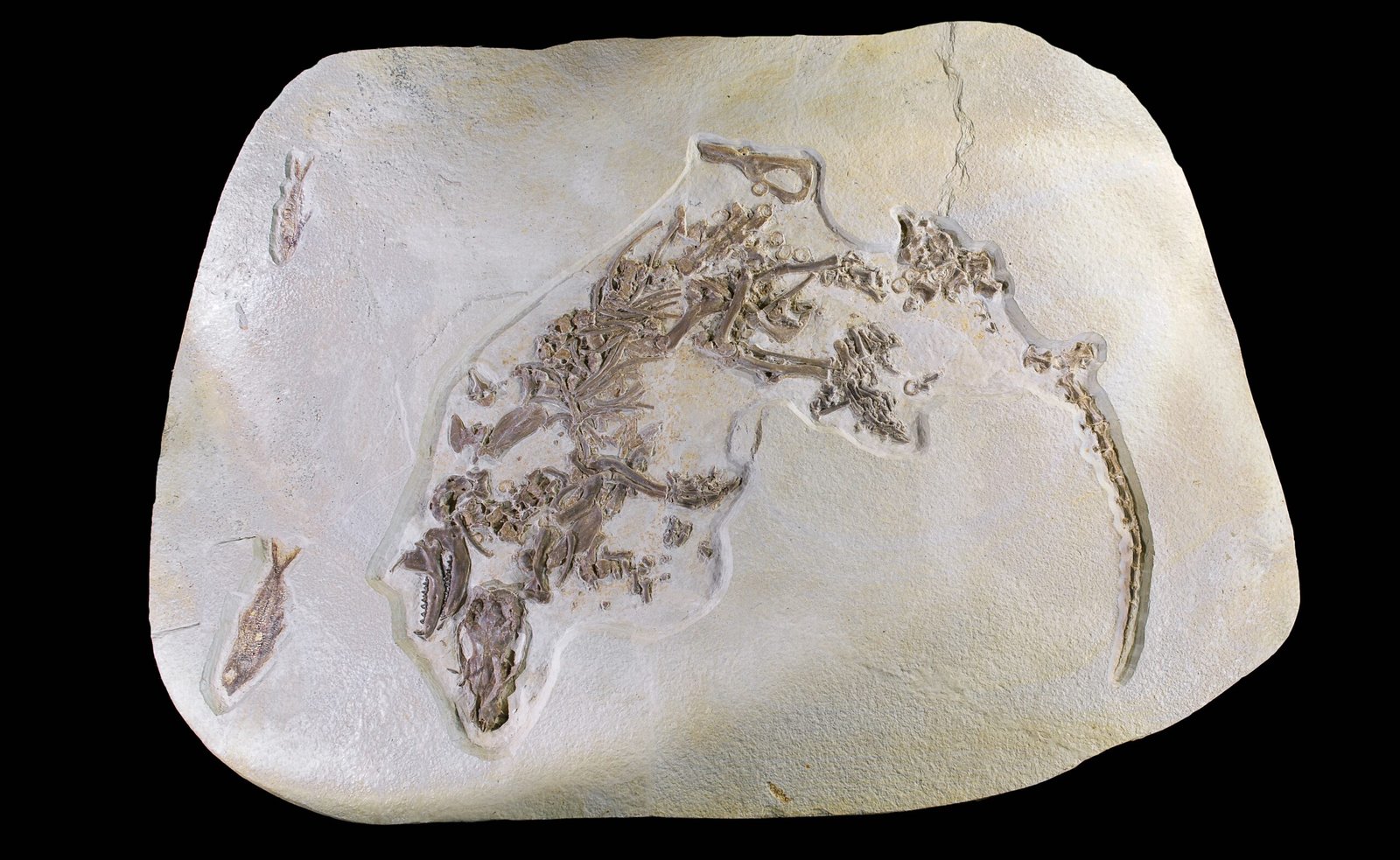
Fossils are the fingerprints of time, capturing moments of life and death across millions of years. From the delicate outline of a fern to the massive jaws of a T. rex, each fossil holds secrets about ancient climates, food chains, and evolutionary leaps. In places like the Burgess Shale in Canada or China’s Liaoning Province, fossils have rewritten what we thought we knew about life’s origins. They remind us that every chapter in Earth’s history is connected, and that even the smallest creatures can leave a mark that lasts forever.
Cultural Connections: Human Ingenuity and Natural Wonders
Some World Heritage sites are celebrated not just for their natural beauty, but also for how humans have learned to live with—and even thrive alongside—volcanoes and ancient landscapes. The rice terraces of the Philippine Cordilleras, built into steep volcanic slopes, show the genius of ancient farmers. In Italy, the city of Pompeii was both destroyed and preserved by the eruption of Vesuvius, offering an unparalleled look at Roman life frozen in time. These places highlight the resilience and creativity of people throughout history, adapting to challenges posed by a restless planet.
Earth’s Timeline in Layers of Stone
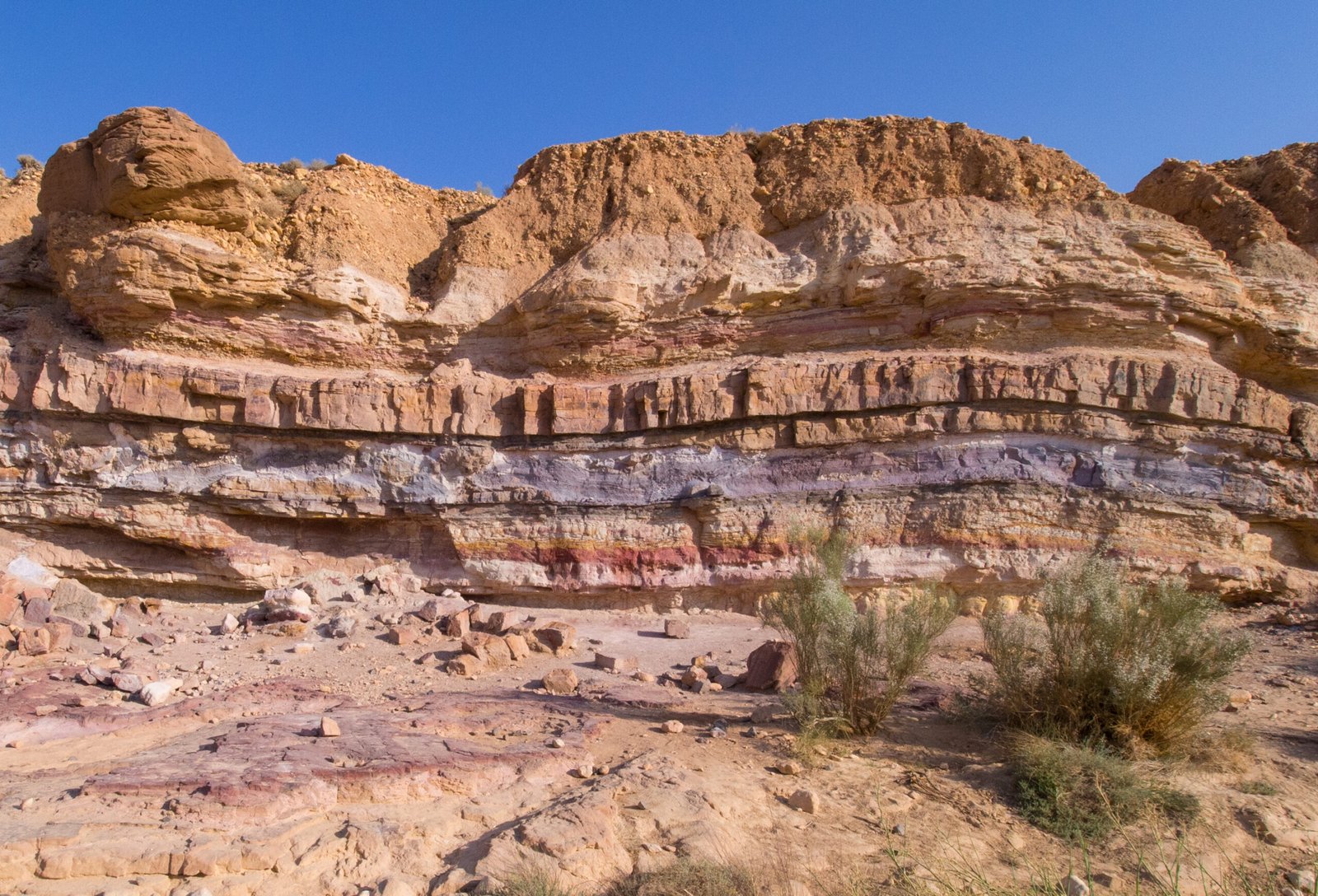
Geologists often describe Earth’s history as a book, with each layer of rock representing a new chapter. Nowhere is this more apparent than in places like the Grand Canyon or the Great Rift Valley. Here, visitors can see millions of years exposed in colorful bands of stone, each telling a story of ancient seas, shifting continents, and dramatic extinctions. These layers serve as a visual reminder of just how brief human history is compared to the long sweep of geological time. Standing at the edge of such a site, it’s impossible not to feel humbled—and awed—by the immensity of Earth’s story.
Living with Fire: Modern Lessons from Ancient Volcanoes
Even today, volcanoes shape lives and communities. For people living near Mount Fuji, Mount St. Helens, or Mount Merapi, the threat of eruption is balanced by the benefits of rich soils and mineral resources. Scientists study ancient eruptions to better understand modern risks, learning from the past to protect the future. World Heritage sites like Iceland’s volcanic regions or New Zealand’s Tongariro National Park are living laboratories, where geology, ecology, and human culture continue to evolve together.
Inspiration for the Future: Learning from Our Shared Past

World Heritage Day is not just a celebration of what has been preserved—it’s a call to look forward. The stories embedded in these sites inspire scientists, artists, and dreamers alike. They remind us of the fragility and resilience of life, the power of nature, and the importance of stewardship. By exploring sites where dinosaurs, humans, and volcanoes share a timeline, we realize that our own story is woven into a much larger tapestry—one that deserves both awe and protection.
The world’s heritage is a gift—a living timeline etched into stone, painted on cave walls, and written in ash. Every site is a reminder of what we have lost, what we have gained, and what we still stand to learn. On this World Heritage Day, what stories will you help preserve?


